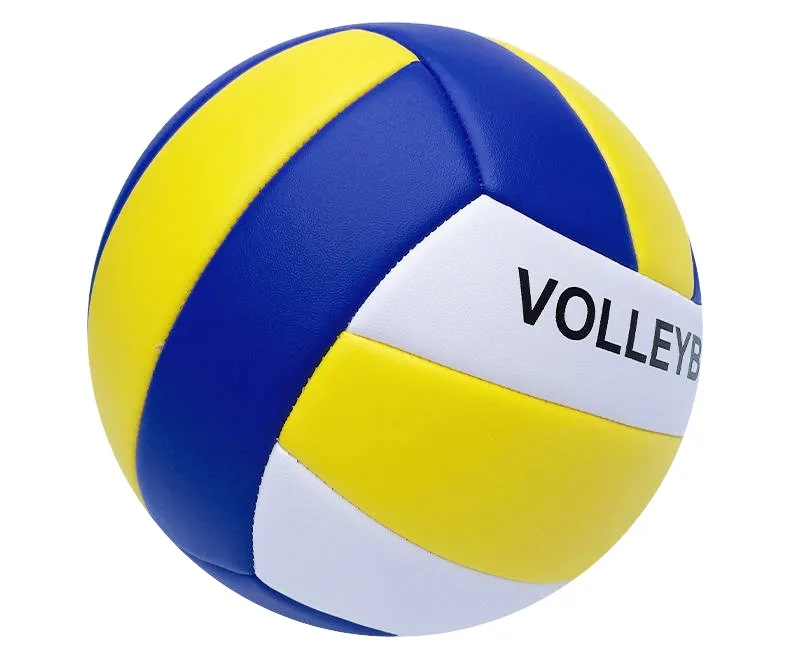Choosing the right ball size, specifically a size 5 diameter ball, is crucial for a plethora of sporting activities. Understanding the nuances of this size can enhance your performance, making it integral to any professional or amateur sporting experience.

In the realm of soccer,
the size 5 ball is the standard diameter for players aged 12 and above. With a circumference of approximately 27-28 inches and a weight ranging between 410-450 grams, these dimensions are not arbitrary. The regulation size ensures consistency across global competitions, allowing players from different countries to perform on a level playing field. For soccer enthusiasts, training with an appropriately sized ball helps cultivate accurate skills, familiarizes them with the ball's behavior during a match, and optimizes their training routines.
Shifting focus to the materials used in manufacturing size 5 balls, they are typically made of synthetic leather with an inner lining that can vary from latex to butyl bladders. The choice of material directly influences the ball's performance, durability, and responsiveness. Synthetic leather offers a high resistance to wear and tear, essential for enduring the rigors of frequent play. Conversely, the bladder type determines air retention and touch. Latex bladders favor superior touch and bounce, while butyl bladders offer superior air retention, crucial for long-term play without frequent re-inflation.

For sports like basketball, while a standard size 5 might not be the professional league's ball of choice, it caters to youth players who benefit significantly from this size. The smaller diameter aids in skill development among younger athletes, allowing for improved grip and control. Such balls, although differing in size from official NBA balls, are instrumental for practices geared towards transitioning into professional-grade standards as the players grow.
ball size 5 diameter
Regarding volleyball, while a size 5 volleyball typically has a different diameter compared to soccer or basketball, understanding the context of its application is key. Standard adult volleyballs maintain a circumference close to 65-67 centimeters, but youth or recreation leagues sometimes adopt slightly smaller dimensions to facilitate skill acquisition and ensure player safety.
Maintaining a size 5 ball involves regular inspection of its pressure and structural integrity. Ensuring that the ball is inflated to its optimal level not only augments the playing experience but prolongs the ball's life. Manufacturers usually indicate the recommended psi on the ball, aiding proper maintenance. Storage is equally vital. Balls should be stored in environments free from extreme temperatures and direct sunlight to preserve the material integrity.
The impact of using the right equipment cannot be overstated. For coaches and training professionals, equipping players with a regulation size 5 ball fosters an authentic training atmosphere, bridging the gap between practice sessions and competitive matches. Implementing correct ball sizes across training regimens ensures young players adapt their techniques to the standards expected at higher levels of sport.
In summary, a size 5 diameter ball's choice reflects an attention to quality, performance, and adherence to sporting standards. Whether for casual play, training, or professional applications, understanding its specifications and usage context elevates the overall sporting experience. Through informed choices and proper maintenance, athletes and enthusiasts alike stand to gain the maximum benefits that these sports offer.












